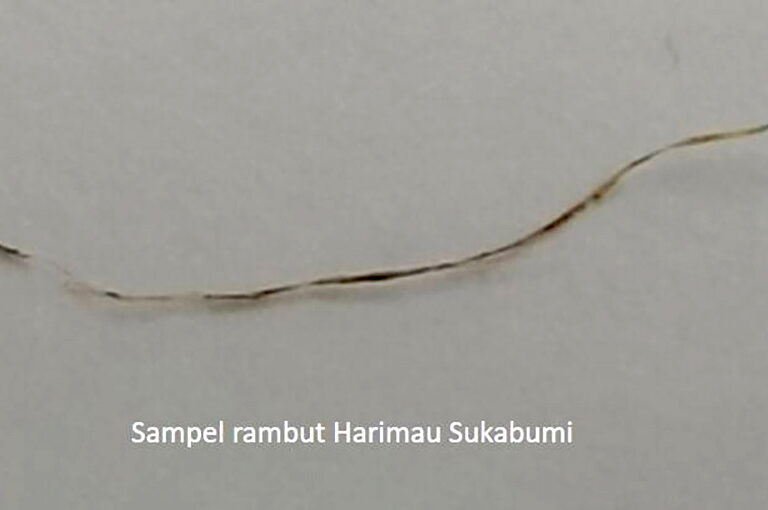
Heat stored underground in caverns can be set aside in Finland’s summer months to be re-used during frigid winters thanks to a state-of-the-art ‘seasonal energy’ storage facility.
Slated for construction this summer near Helsinki, it will be the largest in the world by all standards and contain enough thermal energy to heat a medium-sized city all winter.
Thermal exchange heating systems, like those built underground, or domestic heat pumps, are seen as the most effective way available of reducing the climate-impact of home heating and cooling.
Their function relies on natural forces or energy recycling to cool down or heat up water and then using it to radiate hot or cold energy into a dwelling.
In Vantaa, Finland’s fourth largest city neighboring the capital of Helsinki, the ambitious Varanto seasonal energy storage project plans to store cheap and environmental friendly waste heat from datacenters, cooling processes, and waste-to-energy assets in underground caverns where it can be used to heat buildings via the district heating network whenever it is needed.
In Finland and other Nordic countries, the heat consumption varies significantly between seasons. Heat consumption in the summertime is only about one-tenth of the peak load consumption during the cold winter months.
Varanto will utilize underground caverns equal in space to two Maddison Square Gardens—over a million cubic meters—filled with water heated by this waste heat and pressure that will allow the water to reach temperatures of up to 300 degrees Fahrenheit without the water boiling or evaporating.
“The world is undergoing a huge energy transition. Wind and solar power have become vital technologies in the transition from fossil fuels to clean energy,” says Vantaa Energy CEO Jukka Toivonen.
“The biggest challenge of the energy transition so far has been the inability to store these intermittent forms of energy for later use. Unfortunately, small-scale storage solutions, such as batteries or accumulators, are not sufficient; large, industrial-scale storage solutions are needed. Varanto is an excellent example of this, and we are happy to set an example for the rest of the world.”
The total thermal capacity of the fully charged seasonal thermal energy storage is 90 gigawatt-hours. This capacity could heat a medium-sized Finnish city for as long as a year. Broken down into smaller energy units, this amount of energy is equivalent to 1.3 million electric car batteries.
MORE HEAT EXCHANGE IDEAS: Refrigerator-Sized Data Center Transfers Its Heat to English Swimming Pool, Saving Thousands in Energy Costs
“Two 60-MW electric boilers will be built in conjunction with Varanto,” adds Toivonen. “These boilers will be used to produce heat from renewable electricity when electricity is abundant and cheap. Our heat-producing system will work like a hybrid car: alternating between electricity and other forms of production, depending on what is most advantageous and efficient at the time.”
The project cost is estimated to be around $217 million (€200 million,) and it has already been awarded a €19-million investment grant from Finland’s Ministry of Economic Affairs and Employment. Construction of the storage facility’s entrance is expected to start in summer 2024, while it could be operational as early as 2028.
District heating is by far the most popular form of heating for buildings and homes in Finland.
YOU MAY ALSO LIKE: Microsoft Campus Set to Use Geothermal Energy to Heat/Cool Millions of Sq Ft. of Office Space
In district heating networks, the thermal energy produced in production plants is transmitted to customers as hot water in a closed, two-pipe system. In these pipelines, the hot water flows to the buildings, and the water that has released its heat flows back to the production plant for reheating. The heat is always transferred to the building via heat exchangers, so the district heating water itself does not circulate in the heating networks of the buildings.
There are more than 600 kilometers of underground district heating networks in Vantaa, and around 90% of Vantaa residents live in a home heated by district heating.
In 2023, a total of 37.3 terawatt-hours of district heat was produced in Finland. Of this, 53% was produced from renewable heat sources and 14% from waste heat.
WATCH a short illustration below…
SHARE This Groundbreaking Innovation In Underground City Heating…





























































